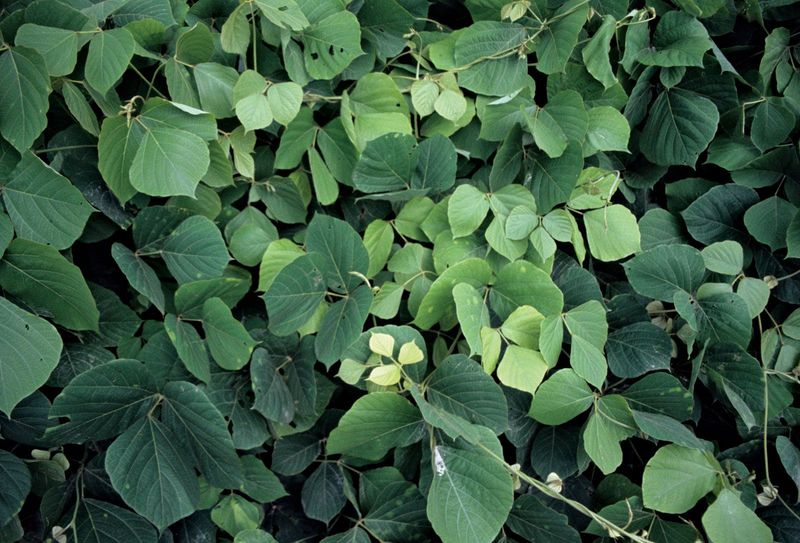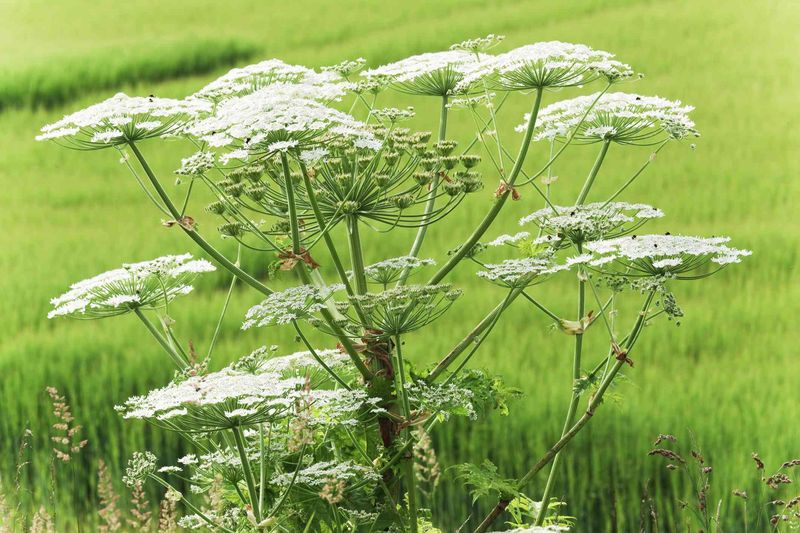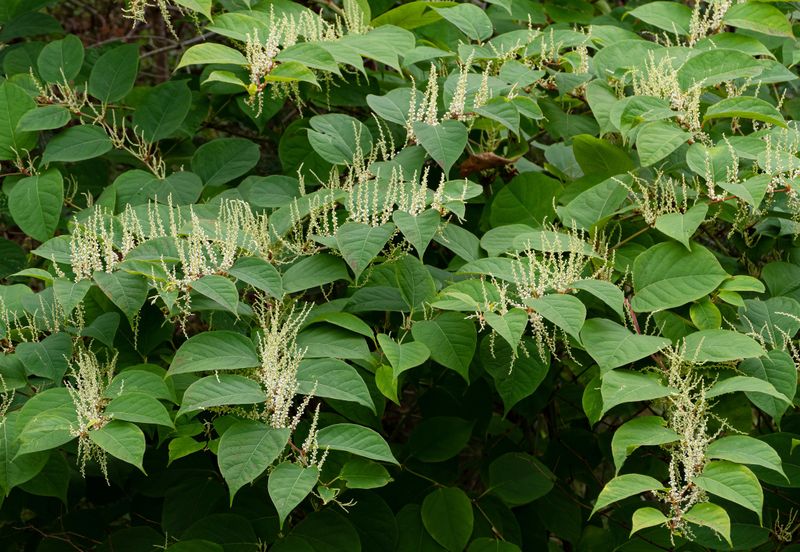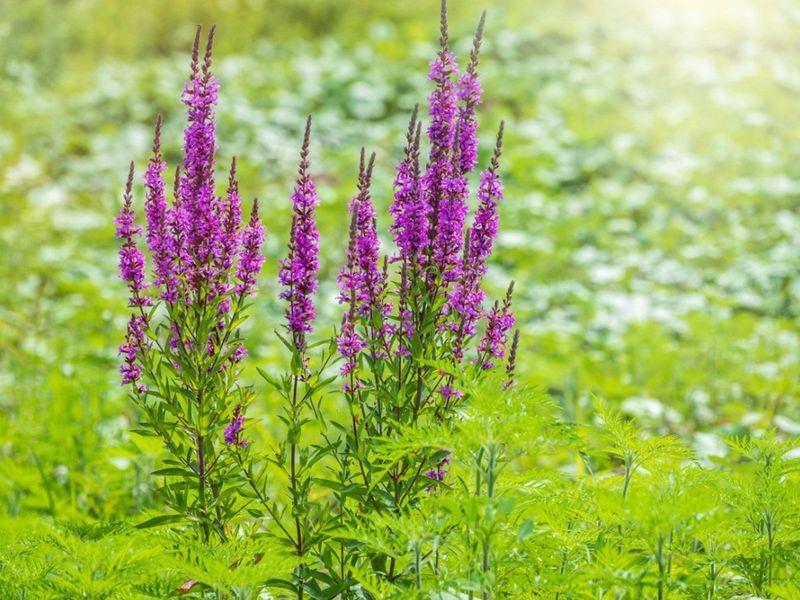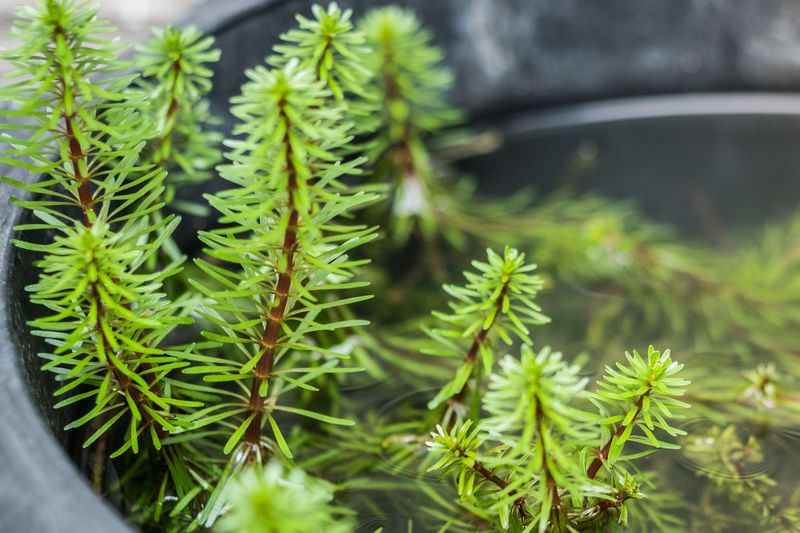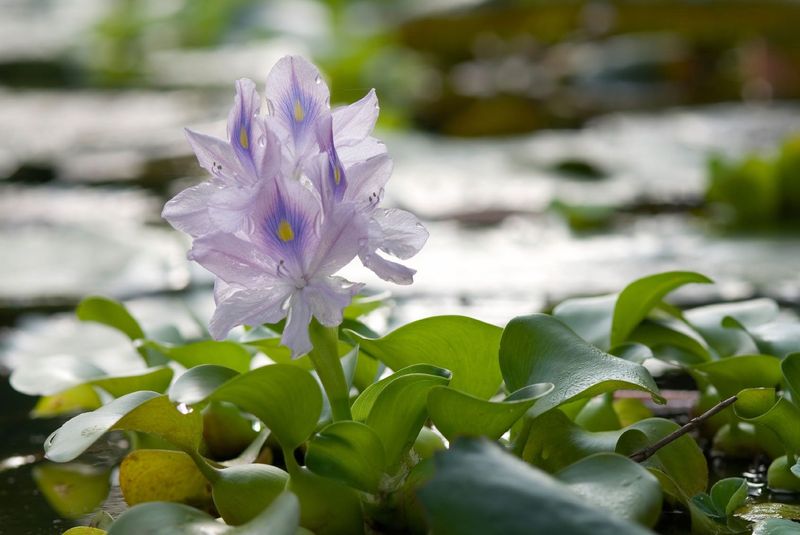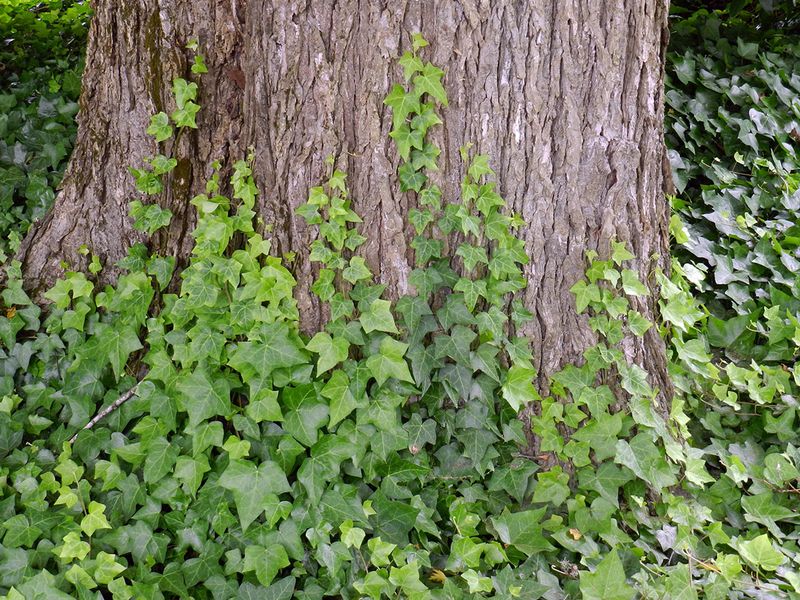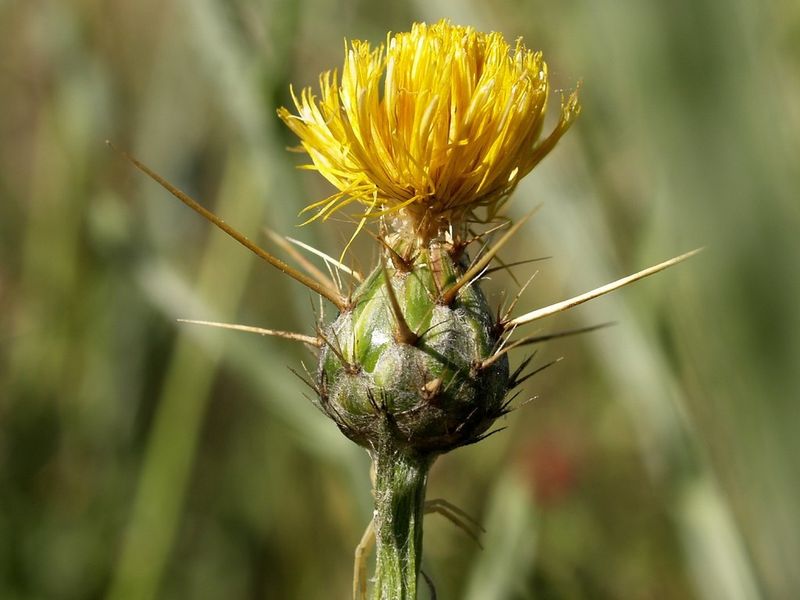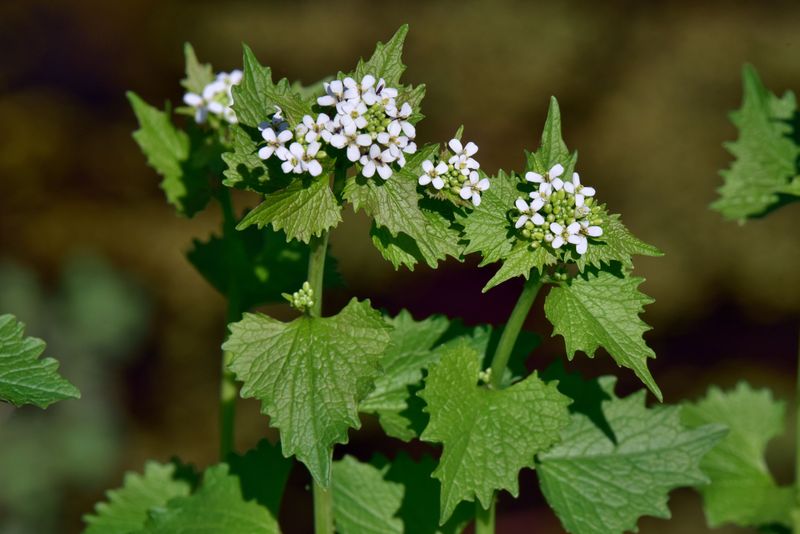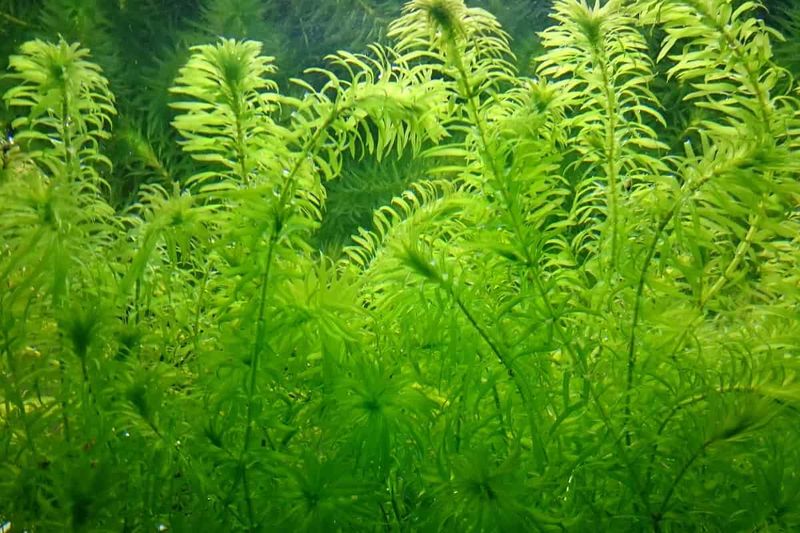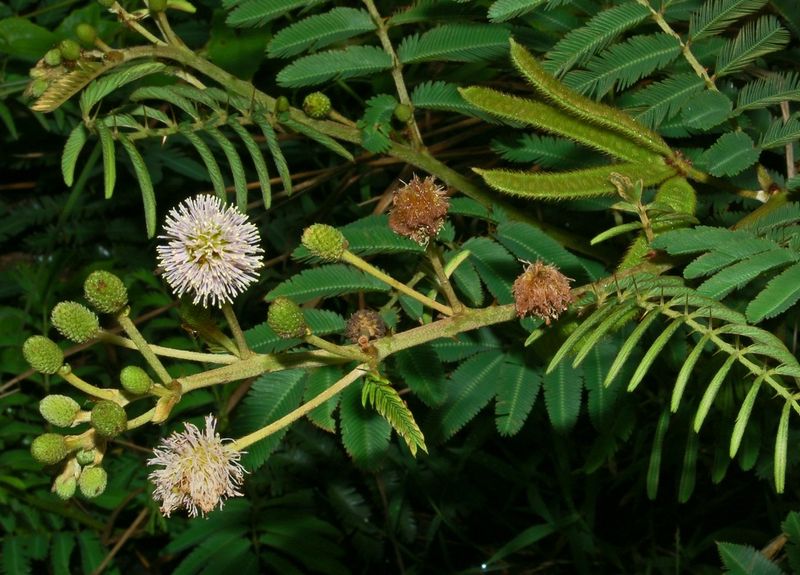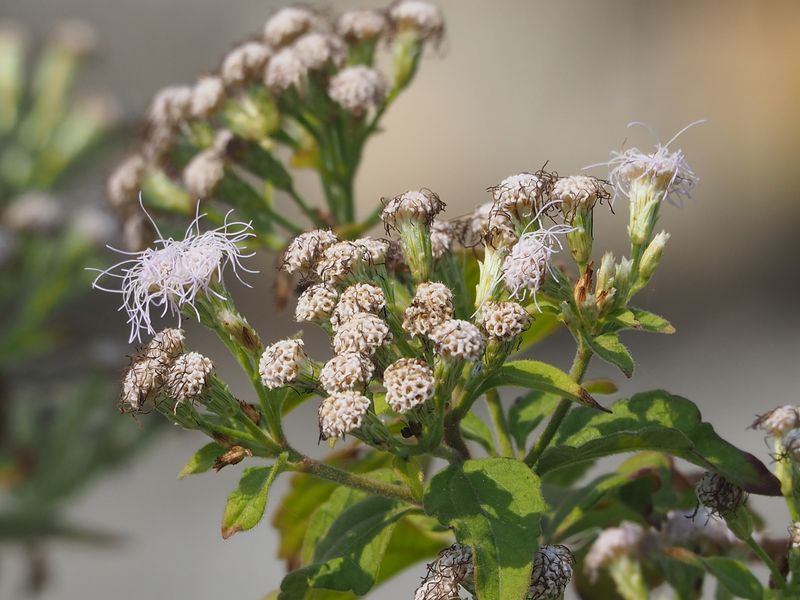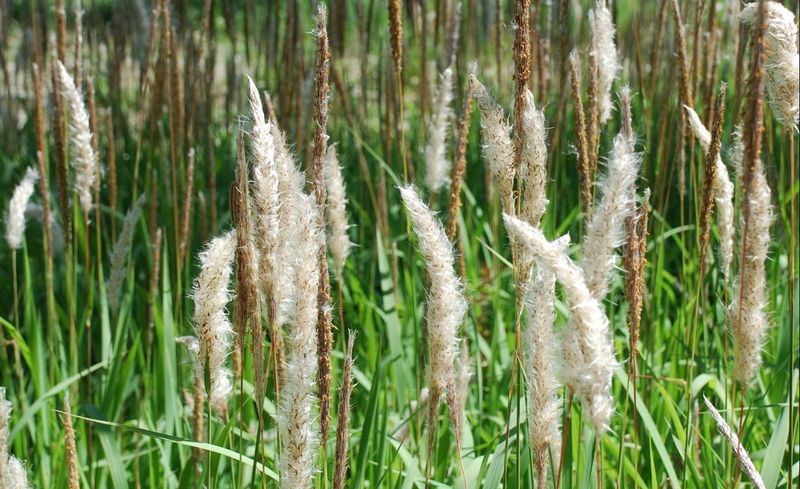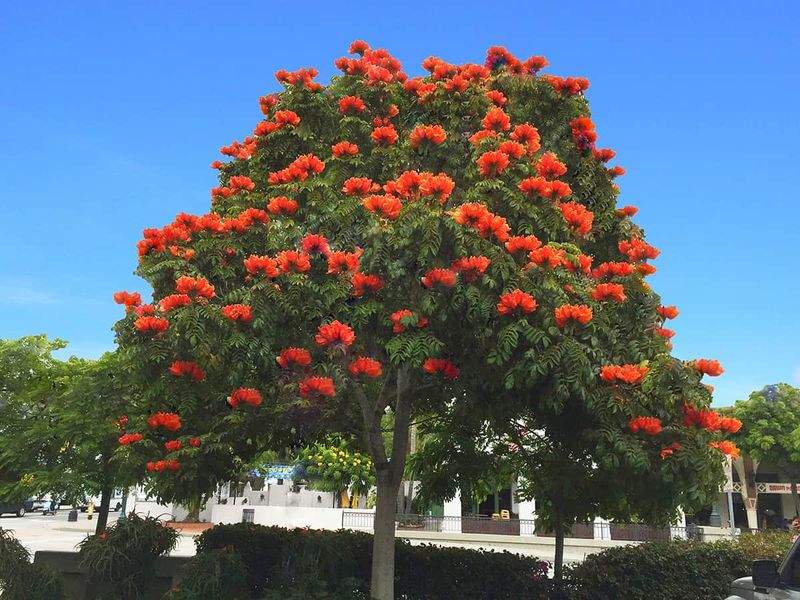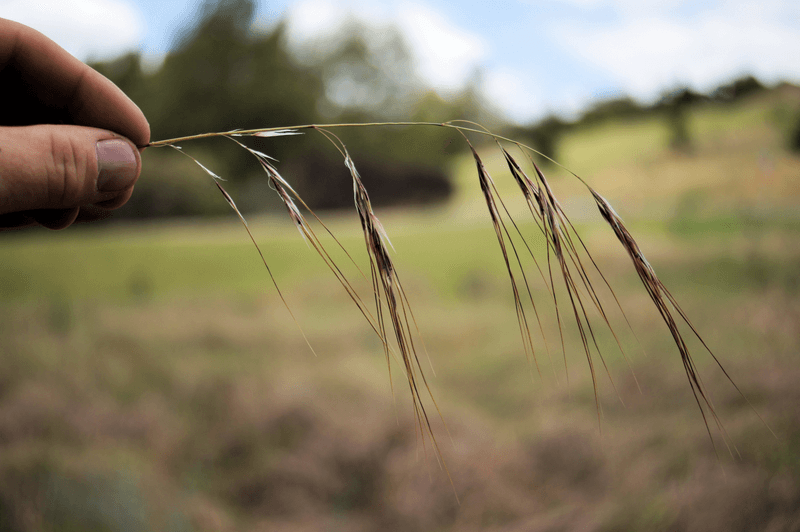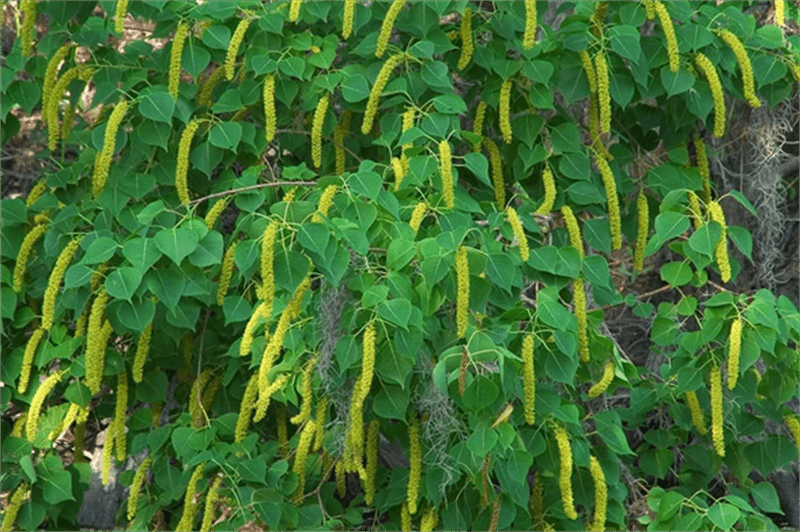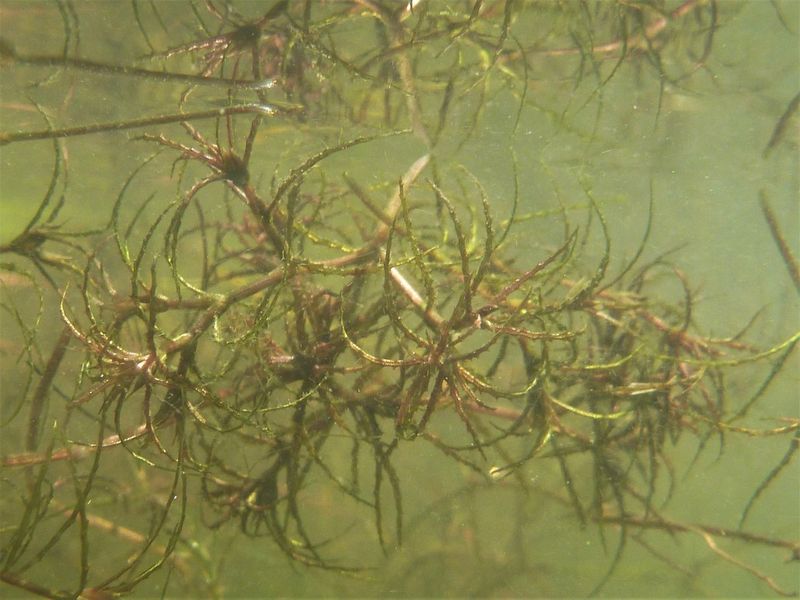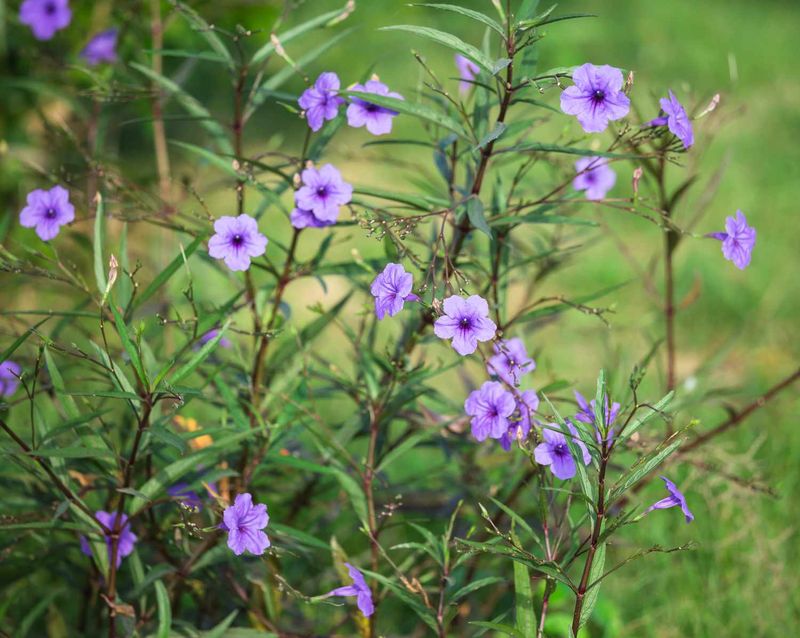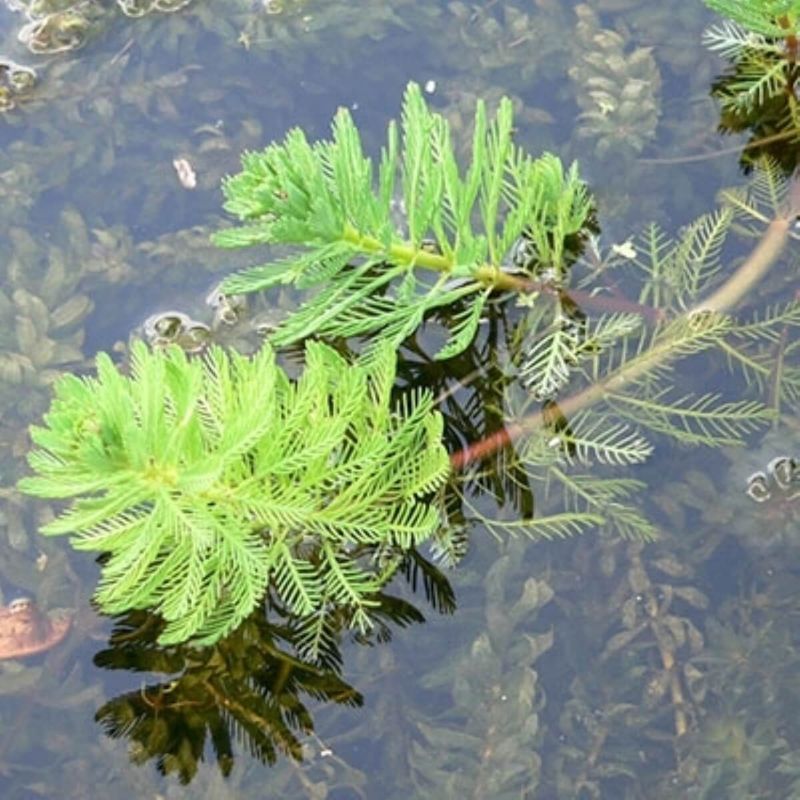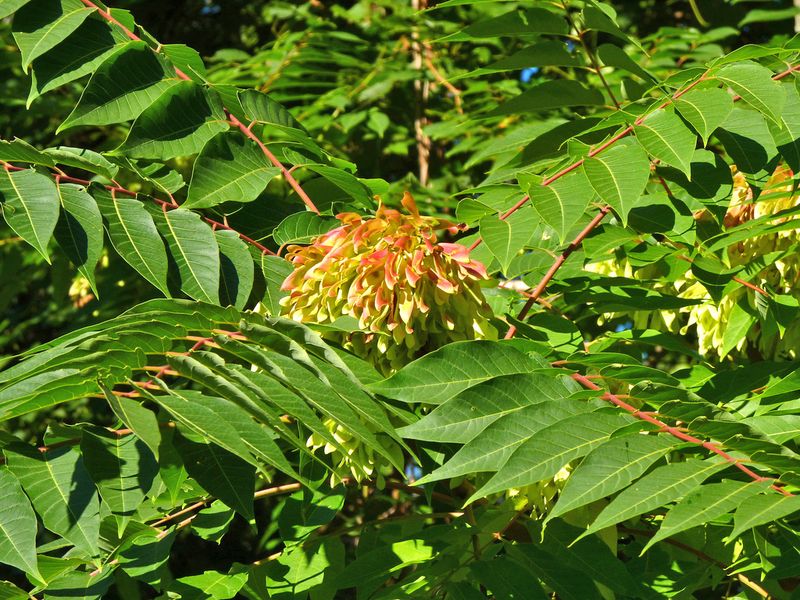Ever thought about bringing back a green souvenir from your travels? I’ve been tempted too, especially after spotting a cute succulent in Mexico.
But trust me, some plants are strictly off-limits when entering the USA! I learned the hard way when I tried to smuggle one through customs—big mistake.
There are plants that could harm our ecosystem, carrying pests or diseases. Let’s dive into the list of banned plants so you can avoid the same awkward situation and keep your garden safe!
1. Kudzu
Known for its relentless growth, this plant can cover buildings and trees in no time. Kudzu is illegal to import because it spreads faster than a sneeze in a crowded subway.
Imagine walking into a forest and seeing nothing but green tentacles of kudzu weaving through the trees. These vines are fierce competitors, leaving little room for anything else to thrive.
It’s like inviting a houseguest who never leaves and eats all your snacks! The U.S. has strict rules to keep this invader at bay.
2. Giant Hogweed
With its towering height and impressive flower clusters, this plant looks straight out of a fairy tale. However, Giant Hogweed is illegal due to its toxic sap, which can cause severe skin burns upon contact.
Picture a sunny day stroll through nature, only to brush against this plant and end up sunburned like a lobster. The sap reacts with sunlight, creating painful blisters on the skin.
To prevent these botanical nightmares, the U.S. ensures this plant stays far away from its borders.
3. Japanese Knotweed
This plant might look like bamboo, but it’s no panda’s pal. Japanese Knotweed is illegal because it damages buildings and infrastructure with its aggressive root system.
Imagine finding your dream house by a riverbank, only to discover this invader creeping into your basement!
The plant grows rapidly, breaking through concrete and asphalt like an uninvited party guest.
Its status on the banned list helps protect properties and native habitats from its destructive tendencies.
4. Purple Loosestrife
Graceful and pretty, purple loosestrife might tempt gardeners to bring it home. But it’s illegal because it clogs waterways and chokes wetlands.
Think of a peaceful wetland, now overrun by purple spikes that leave little room for ducks to swim or native plants to flourish.
This plant’s beauty is deceptive, as it forms dense stands that disrupt local ecosystems. Keeping it out of the U.S. helps maintain the balance in precious wetland areas.
5. Hydrilla
Hydrilla may look harmless, but it’s an invasive menace. This aquatic plant can rapidly overtake lakes, blocking waterways and outcompeting native species.
Imagine planning a fishing trip, only to find your favorite spot suffocated by this fast-growing weed. It can double in size every two weeks, disrupting everything from power plants to fisheries.
By restricting its entry, we’re helping keep American waters clear, navigable, and full of native fish. We are protecting both ecosystems and recreational activities.
6. Water Hyacinth
Floating elegantly on water surfaces, Water Hyacinth can quickly cover entire ponds. It’s illegal because it obstructs waterways and harms aquatic ecosystems.
Picture a calm pond transformed into a sea of green, blocking sunlight and depleting oxygen levels for fish. Once established, it’s challenging to remove and control.
The U.S. works to keep this leafy troublemaker out, preserving the health and beauty of its freshwater bodies.
7. English Ivy
English Ivy might add a charming touch to a cottage, but it’s a hidden threat. This plant can quickly become destructive, suffocating trees and damaging structures.
Picture visiting a historic estate, only to see its walls crumbling under the weight of ivy, with its roots infiltrating masonry and weakening buildings. On top of that, it suppresses native plants.
By banning its import, the U.S. is protecting both its architecture and natural landscapes, ensuring that we preserve the beauty of our surroundings without this invasive plant causing havoc.
8. Yellow Starthistle
Yellow Starthistle may look cheerful with its bright yellow flowers, but it’s got a prickly personality. I learned this when I visited a friend’s farm and saw how this invasive weed had taken over.
Its sharp thorns are dangerous for grazing animals, and once it spreads, it dominates the land, pushing out native plants. I watched as fields were overrun, making it harder for livestock to graze safely.
By banning its import, the U.S. is protecting agricultural lands and preserving biodiversity. It’s something we all need to keep in mind.
9. Garlic Mustard
Garlic Mustard might look like a harmless herb, but it’s a ruthless invader. I’ve seen it firsthand during a hike.
What should’ve been a peaceful woodland stroll turned into a sea of green, with this plant choking out wildflowers and other native species.
Its seeds spread quickly, taking over forest ecosystems and making life difficult for local flora. Its banned to preserve delicate forest habitats and keep them thriving with native plants.
10. Brazilian Waterweed
Aquarium enthusiasts might find this plant appealing, but it’s illegal due to its invasive nature in freshwater environments.
Consider setting up a fish tank, only to find this plant taking over, leaving little room for your aquatic pets. In grows rapidly in the lakes, disrupting ecosystems and recreational activities.
The ban ensures that American waters remain clear and thriving with native species.
11. Mimosa Pigra
With its fluffy pink flowers, Mimosa Pigra might seem harmless. However, it’s illegal as it forms dense thickets that displace native vegetation.
Imagine a riverbank once bustling with diverse plant life, now smothered by this shrub’s rapid growth. Its sprawling nature can block waterways and hinder wildlife movement.
Limiting its spread helps preserve the natural beauty and biodiversity of aquatic ecosystems.
12. Siam Weed
Siam Weed may look pretty with its delicate flowers, but don’t be fooled. It’s a fierce invader. I’ve seen how quickly it can take over, turning fields into a sea of weeds.
Its rapid growth and prolific seed production make it a real threat to crops and native plants. I remember visiting a farm where this weed had spread so fast, it was choking out entire sections of crops.
By banning its import, the U.S. is protecting agricultural productivity and ensuring that ecosystems stay balanced and healthy.
13. Cogongrass
Graceful yet dangerous, Cogongrass can quickly dominate landscapes. It’s illegal due to its aggressive growth that harms natural habitats and agriculture.
Imagine a serene meadow, now overwhelmed by this grass’s relentless advance, choking out native species.
Its rhizomes spread underground, making it difficult to eradicate. Preventing its import helps protect biodiversity and agricultural lands from its invasive nature.
14. African Tulip Tree
With its flowers, this tree may catch your eye, but it’s considered illegal due to its invasive nature in tropical climates.
In these areas, the tree’s seedlings spread rapidly, outcompeting native plants and disrupting the ecosystem. Its canopy and fast growth can shade out other species, causing imbalances in local flora.
By restricting its presence, the country is helping protect sensitive tropical environments, ensuring that native plants have the space and resources they need to thrive and maintain ecological balance.
15. Chilean Needle Grass
With its sharp seeds, this grass poses a threat to livestock and native plants. Chilean Needle Grass is illegal due to its invasive spread.
Consider a pastoral landscape, now dotted with this grass’s needles, harming animals and displacing other vegetation.
Its seeds can travel far, making it a persistent invader. To protect grazing lands and biodiversity, it’s kept off the import list.
16. Chinese Tallow Tree
Its colorful foliage might seem appealing, but this tree is illegal due to its invasive spread in the Southeastern U.S.
Picture a Southern landscape, now dominated by this tree, reducing biodiversity and altering habitats. It grows quickly, outpacing native species and changing the ecological dynamics.
To preserve the natural environment, its import is strictly regulated.
17. Brittle Naiad
Though it may seem harmless, this aquatic plant is illegal due to its ability to disrupt water systems and overpower native species.
When it takes hold, it can transform peaceful lakes into dense mats, making it difficult for fish and waterfowl to thrive.
Its rapid growth clutters waterways, interfering with both recreation and the natural ecology. Restricting it helps protect the health of American waters, ensuring they remain balanced and accessible.
18. Mexican Petunia
The bright flowers of Mexican Petunia might catch your eye, but this plant is illegal due to its aggressive spread in Southern gardens.
Once planted, it can quickly overrun carefully tended spaces, outcompeting other cultivated plants. Its seeds travel easily, making it a tough invader.
It’s import is forbidden to preserve ornamental landscapes and protect gardens from this fast-growing species.
19. Parrot Feather
This aquatic plant may look beautiful in a pond, but it’s illegal due to its ability to clog waterways and harm aquatic life.
It forms dense mats that block sunlight and deplete oxygen levels, making it difficult for fish and plants to thrive. It’s hard to control once established, posing a significant challenge for water management.
By restricting its spread, the U.S. is working to protect aquatic habitats and maintain the health of recreational waters for everyone to enjoy.
20. Tree of Heaven
Its name might sound divine, but this tree is illegal due to its invasive nature and ability to overtake urban areas.
Picture a cityscape, its sidewalks and vacant lots filled with this fast-growing tree, crowding out other vegetation.
Its resilience and prolific seed production make it a formidable urban invader. Preventing its import helps maintain urban biodiversity and infrastructure.


